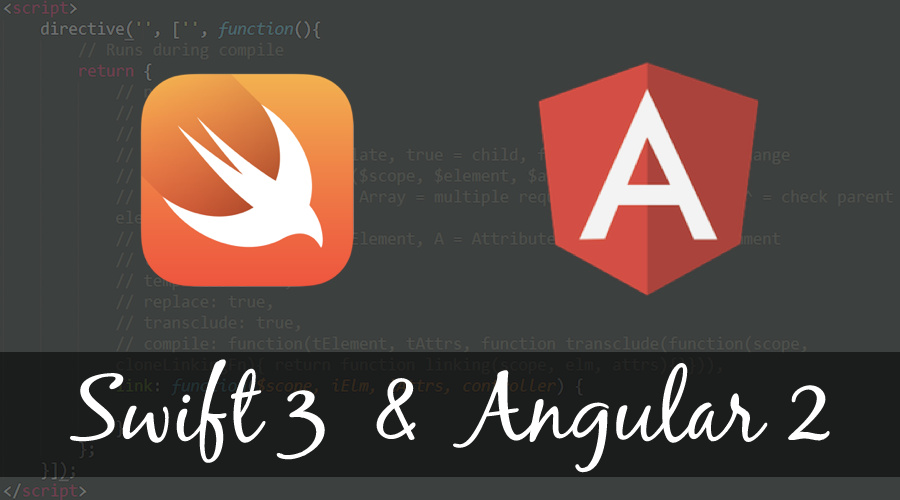 Short Bytes: Google is here with Angular 2 web application framework to extend the capabilities of Angular 1. Google has now added more core functionalities to Angular and made it easier to use third-party libraries. On the other hand, Apple has released Swift 3. This marks the first big Swift release after Apple decided to make it an open source project.
Short Bytes: Google is here with Angular 2 web application framework to extend the capabilities of Angular 1. Google has now added more core functionalities to Angular and made it easier to use third-party libraries. On the other hand, Apple has released Swift 3. This marks the first big Swift release after Apple decided to make it an open source project.
Angular 2 web app framework
Google has released the final version of Angular 2, the full-platform successor to Angular 1. Angular 1 web application framework was released in 2010 and it grew to become one of the hottest open source technologies used to build the web.
Compared to Angular 1, today, the challenges faced by web app developers have changed immensely due to more complex devices and platforms. With Angular 2, Google brings more capable versions of Router, Forms, and other core APIs. Angular 2 also brings better support for modern browsers and mobile development.
Despite being a technology of different nature, Angular is facing tough competition from Facebook’s React framework. To make it more efficient and appealing, Angular developers have shifted a lot of core functionality into the modules that let a developer easily use third-party libraries.
In future, Angular team expects to work on animation, Angular Material 2, WebWorkers, etc. They also plan to add more guides and examples for aiding the app development.
For detailed information on Angular 2, visit Google’s AngularJS blog.
Swift 3 programming language
Swift 3 is hailed as the first major upgrade since Apple turned it into an open source project. It seems that to make better developments in future, Apple hasn’t made Swift 3 backward-compatible. This means that if you’ve got some existing Swift code, be ready to dump it or rewrite it.
Swift was developed by Apple to replace Objective-C programming language. The latest release comes with the first release of Swift Package Manager to manage Swift programming language in a better way.
Swift 3 comes with two major changes. The first change comes in the form of better translation of Objective-C APIs into Swift. The other big feature is the application of API guidelines to Swift’s standard library.
For a detailed set of changes, visit Apple’s Swift Blog.
Did you find this article helpful? Don’t forget to drop your feedback in the comments section below.
Also Read: Top 10 Google Open Source Projects You Must Know










